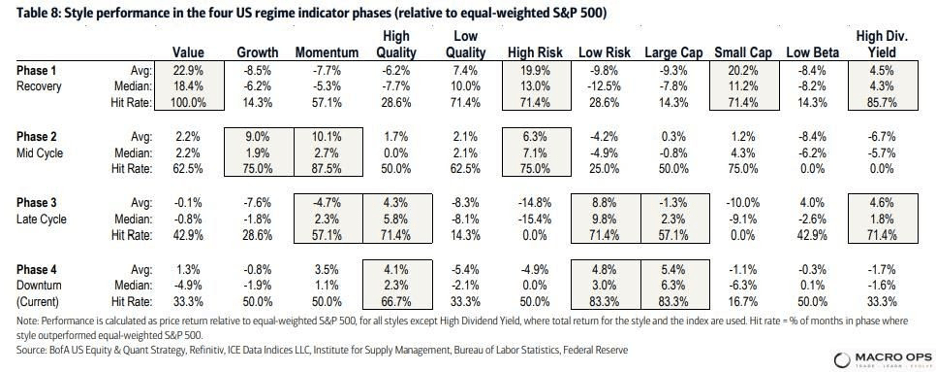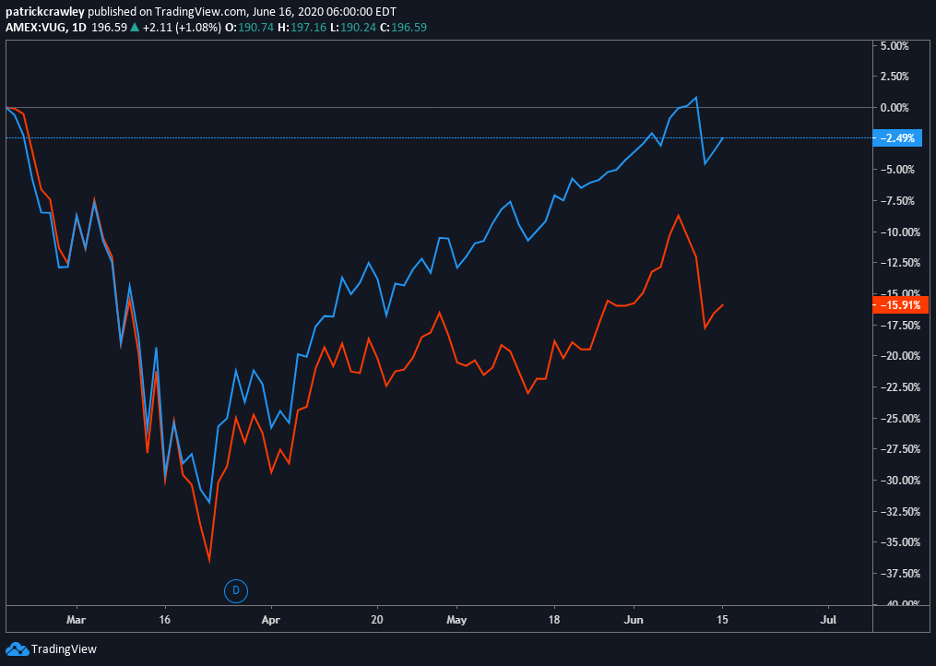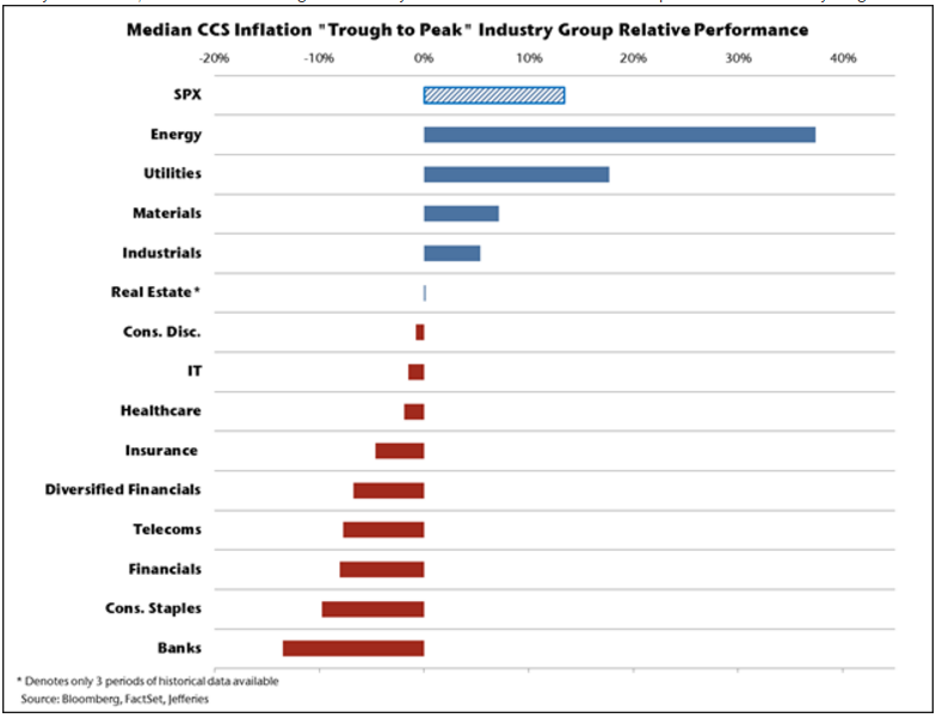In the early stages of a market recovery, value and small caps tend to perform the best, often due to their decimation during the downturn.
Since the coronavirus-related crash and quick recovery in the four or so months, we've seen high-growth and momentum names significantly outperform their value counterparts.

Here’s the Vanguard Growth ETF (NYSEARCA: VUG), in blue, compared to the Vanguard Value ETF (NYSEARCA: VTV), in red.

Throughout this article, we're going to investigate why growth is leading the market rally.
The Recovery Rally: Built On a House of Cards?
Firstly, the fact that 'recovery' stocks are underperforming their high-growth counterparts could be evidence that the current recovery rally is built on a house of cards.
This is the Dow Theory style of looking at things. Dow, responsible for creating the Dow Jones Industrial Average, paid close attention to the Transportation sector, which in the late 1800s, led the Industrial sector. Essentially, Dow knew a rally in the Industrials was weak if unaccompanied by the Transportations.
A Dow-style hypothesis would be to watch the value and small caps, and when they begin to outperform significantly, the market is telling you recovery is beginning.
Economic recessions, especially those triggered by national shutdowns, hardly come and go in a matter of months. This makes it probable that we’re still in the ‘recession’ stage of the business cycle, and that the current rally is a dead-cat bounce.
I would argue that this is common sense, but it might not matter. Read on.
Why Is Growth Outperforming?
In the current market, growth stocks are disproportionately located in the technology sector. Amid the biggest winners of the crash are SaaS companies especially suited to the post-coronavirus economy, which features a much higher work-from-home population. These are companies like DocuSign (NASDAQ: DOCU) and Zoom Technologies (NASDAQ: ZM).
Because there’s a tendency to focus on just the market indexes and their percentage changes, it helps to take a more granular look at things.
Below is a map displaying the 6-month returns of all S&P 500 stocks, separated by sector. It’s clear that technology stocks, specifically software stocks, are among the handful of companies that the market rewarded as a result of coronavirus.

Of course, if we were to change the lookback period to one or three months, we'd see much more green, but that'd be a bit deceiving. Many of these stocks are still down big post-crash. And perhaps by happenstance, this sector was also a significant source of growth companies for the US economy.
Why Stocks Might Be The Only Place to Hide
On the surface, it doesn’t make sense why the stock market is rising amid national economic lockdowns. After all, we’ve never seen unemployment rise so fast, nor have we ever shut down an entire economy for months at a time. What gives?
The Macroeconomic Backdrop
The Federal Reserve and other global central banks acted swiftly in response to the severe economic shutdowns occurring throughout the world. Their imperfect, but effective short-term solution is to print more money.
As a result, the Fed’s balance sheet went from an impressive $4.2 trillion to $7.1 trillion--and set to further balloon.
This inflation has already started to take effect in the economy, as evidenced by M2 Money Stock data, provided by the Federal Reserve.
M2 is essentially a measure of the money supply, which includes actual money like checking and savings accounts, as well as 'near money,' like money market securities and mutual funds.
Below is a chart of the M2 starting in late 2019, up to June 2020, today. The shaded-blue marking starts at March 9th, 2020, the week before the initiation of any coronavirus-related Fed programs.

As you can see, the M2 money supply has ballooned nearly 15%! If that doesn’t scream inflation to you, I’m not sure what else will.
When it comes to interest rates, the Fed intends to keep them near-zero until 2022. When the Fed comes out and tells you that safe, low-risk fixed-income investments are basically nixed for the coming two years, there are few other places for investors to hide than the equity markets.
Stocks and interest rates typically have an inverse relationship. The lower the risk-free rate, the higher the incentive is to buy riskier assets like stocks to get some return on your dollars.
As more capital flows into the equity markets, there will be winning and losing sectors. Software growth stocks are the early winners. Programmers can efficiently work from home, and because software is delivered digitally, there's no supply chain disruption.
But, with the likelihood of increased inflation on the horizon, will tech continue to come out on top?
According to research from Jeffries, some of the sectors most harmed by the crash, like energy, benefit most from a high-inflation economy.

Final Thoughts
It’s important to note that in the short-term, capital inflows and outflows are huge drivers of asset prices. Especially in a crisis, there’s a great deal of buying and selling to maintain liquidity and asset allocation provisions.
As volatility reduces, we might begin to see the real winners of the post-coronavirus economy.
Before you make your next trade, you'll want to hear this.
MarketBeat keeps track of Wall Street's top-rated and best performing research analysts and the stocks they recommend to their clients on a daily basis.
Our team has identified the five stocks that top analysts are quietly whispering to their clients to buy now before the broader market catches on... and none of the big name stocks were on the list.
They believe these five stocks are the five best companies for investors to buy now...
See The Five Stocks Here

We are about to experience the greatest A.I. boom in stock market history...
Thanks to a pivotal economic catalyst, specific tech stocks will skyrocket just like they did during the "dot com" boom in the 1990s.
That’s why, we’ve hand-selected 7 tiny tech disruptor stocks positioned to surge.
- The first pick is a tiny under-the-radar A.I. stock that's trading for just $3.00. This company already has 98 registered patents for cutting-edge voice and sound recognition technology... And has lined up major partnerships with some of the biggest names in the auto, tech, and music industry... plus many more.
- The second pick presents an affordable avenue to bolster EVs and AI development…. Analysts are calling this stock a “buy” right now and predict a high price target of $19.20, substantially more than its current $6 trading price.
- Our final and favorite pick is generating a brand-new kind of AI. It's believed this tech will be bigger than the current well-known leader in this industry… Analysts predict this innovative tech is gearing up to create a tidal wave of new wealth, fueling a $15.7 TRILLION market boom.
Right now, we’re staring down the barrel of a true once-in-a-lifetime moment. As an investment opportunity, this kind of breakthrough doesn't come along every day.
And the window to get in on the ground-floor — maximizing profit potential from this expected market surge — is closing quickly...
Simply enter your email below to get the names and tickers of the 7 small stocks with potential to make investors very, very happy.
Get This Free Report